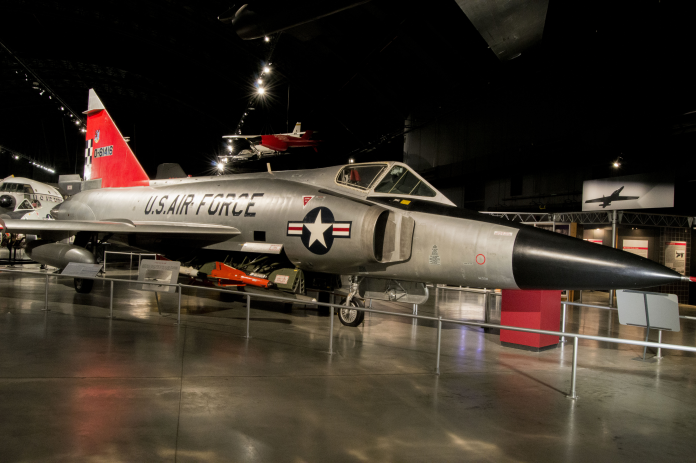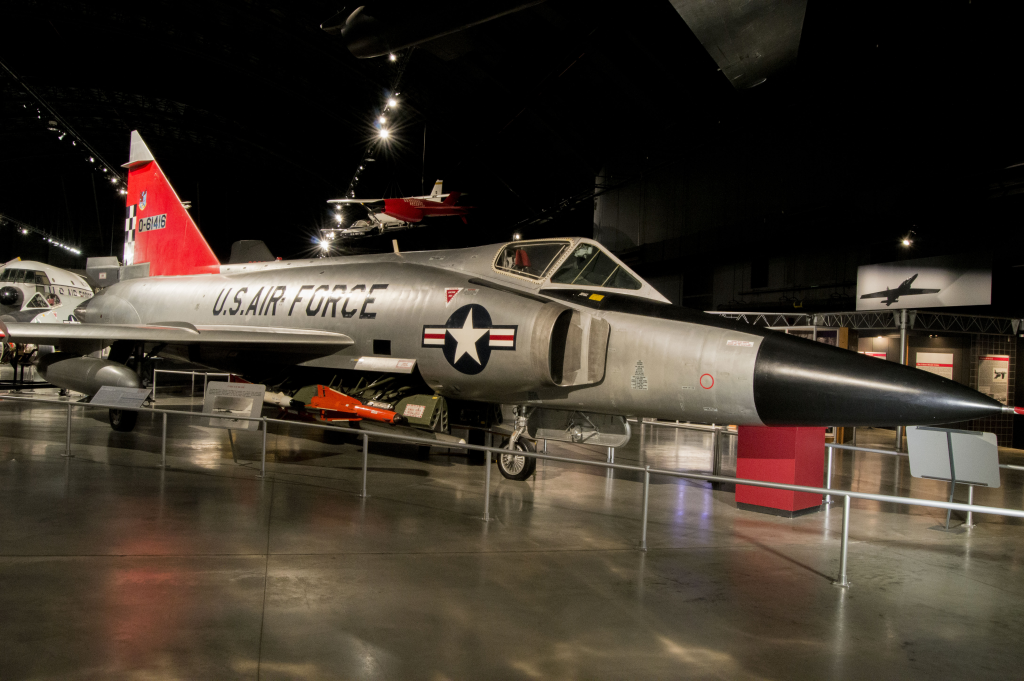
What happens when revolutionary ambition meets engineering reality? In the cutthroat environment of Cold War fighter development, the outcome could be spectacular occasionally for all the wrong reasons. Although the period resulted in epochal aircraft that dominated aerial warfare, it also created planes that underperformed in performance, safety, or strategic importance.
These failures were not a footnote; they were expensive lessons in distorted metal and lost lives. Some were casualties of hubris, some of accelerated time tables or bad ideas. But each is a reminder of the pressure of the arms race, the dangers of unproven technology, and the cost in human lives of pushing too far.
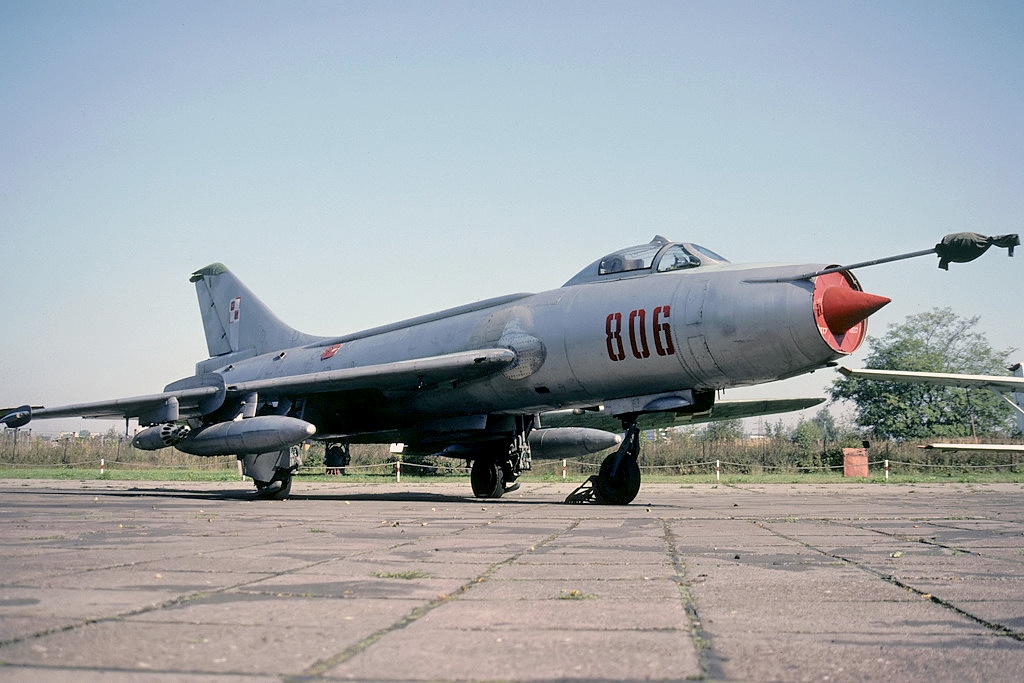
1. Sukhoi Su-7: Speed Without Versatility
Developed in the mid-1950s as the Soviet response to the F-86 Sabre, the Su-7 was capable of blistering speeds more than 1,050 mph at altitude due to its Lyulka AL-7F engine. But with a price. Highly swept, thin wings generated low-speed flight as hazardous, especially in landing, and its range was so short that drop tanks were a requirement, not an option.
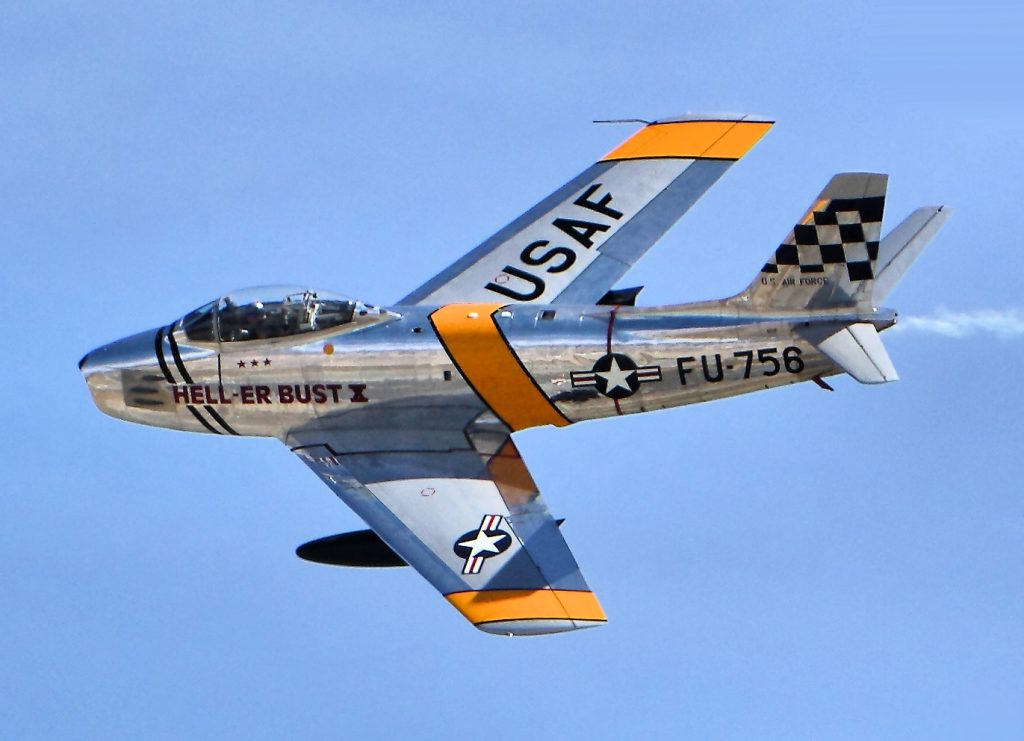
History shows that initial production runs were marred by unreliability of the engine, with disastrous failures like the 1957 fatal crash of test pilot I.N. Sokolov. Although subsequently redesigned to be a competent fighter-bomber, the Su-7’s initial air-superiority mission was compromised by unfavorable cockpit visibility, long takeoff distances, and strong control forces. In spite of these deficiencies, more than 1,800 examples were produced, an indication of Soviet doggedness in making a defective but durable airframe work.
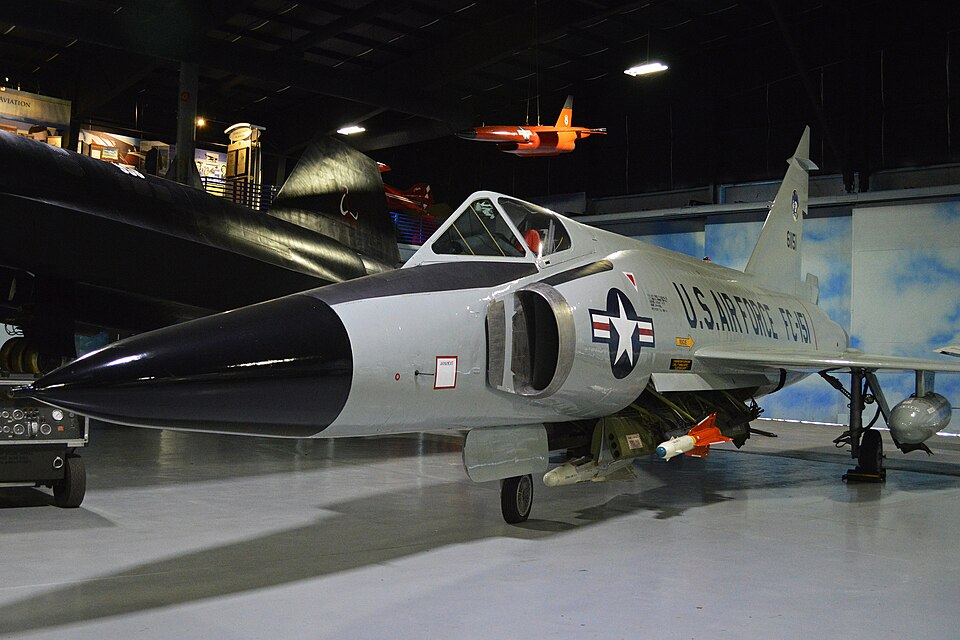
2. Convair F-102 Delta Dagger: Supersonic in Name Only
The F-102 was marketed as America’s initial all-weather supersonic interceptor, but its original failure to break the sound barrier was a source of embarrassment for the U.S. Air Force. The engineers redesigned the fuselage in an attempt to solve transonic wave drag, which resulted in the eventual increase of the top speed to Mach 1.22. However, the repairs were accomplished with mixed results aircraft in the fleet varied in capability based on the upgrades they underwent.
Worse was its safety record. Of 1,000 produced, 259 were lost in crashes, which killed 70 pilots. The structural and stability problems that afflicted the type, coupled with its spotty mission readiness, resulted in one of the most accident-prone fighters in U.S. service during the Cold War.
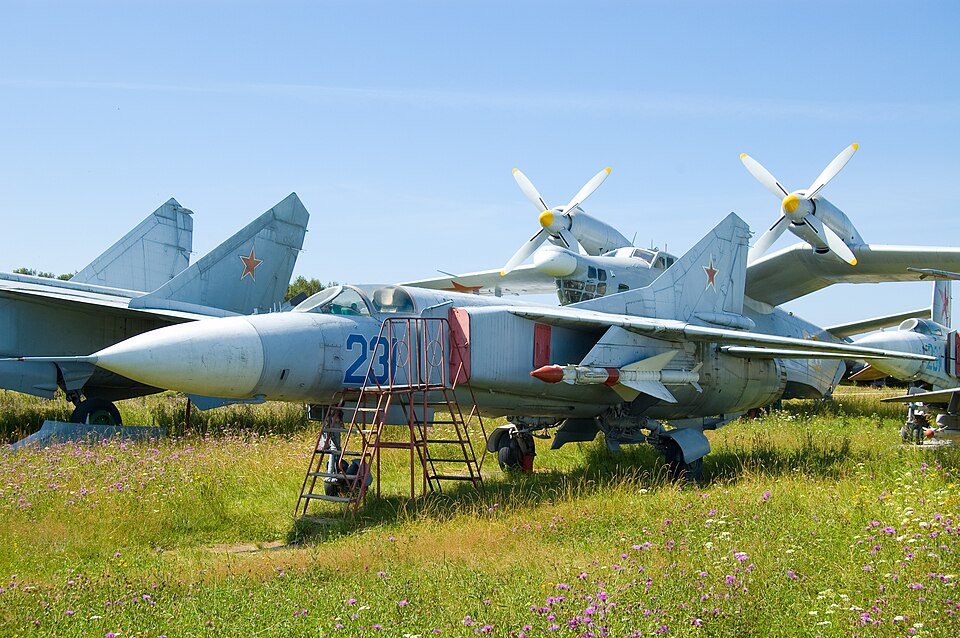
3. Mikoyan-Gurevich MiG-23: Outclassed by Its Predecessor
Meant to succeed the popular MiG-21, the MiG-23 offered variable-sweep wings and greater agility and speed. In practice, it did neither consistently. Pilots complained of unstable flight, poor handling, and overheating and premature failure-prone engines.
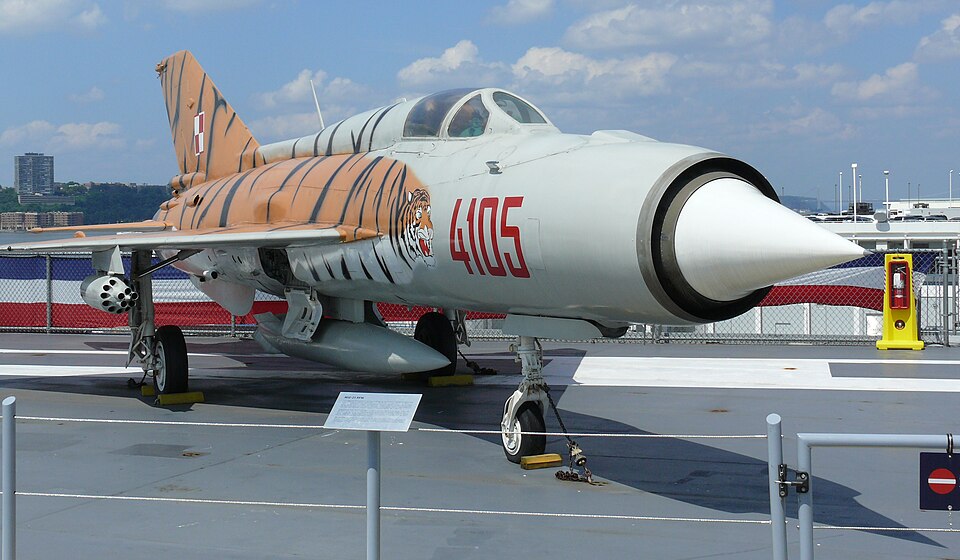
Its combat performance was abysmal. Israeli pilots would shoot down MiG-23s with ease in Middle Eastern battles, and in some instances, even the earlier MiG-21 matched it. The Soviet Air Force relegated the type to secondary missions by the 1980s, and only a few countries like Syria and North Korea retained it in service. For a type designed to make the leap, it turned into a cautionary example of technological overextension.
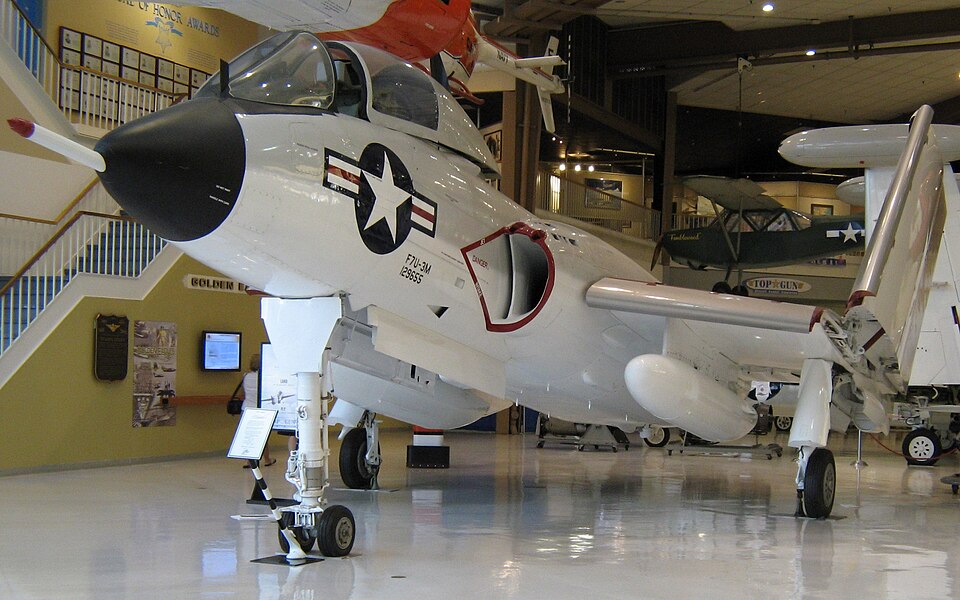
4. Vought F7U Cutlass: The ‘Ensign Eliminator’
The F7U Cutlass was one of the most innovative designs to come out of postwar U.S. naval aviation, based on German tailless aircraft research. Its swept-wing, tailless design held out the promise of agility, but immature systems and weak Westinghouse J46 engines condemned it from the beginning. Lieutenant Commander Edward “Whitey” Feightner, a Navy test pilot, remembered saying to superiors, “We determined right off the bat it wasn’t the answer.”
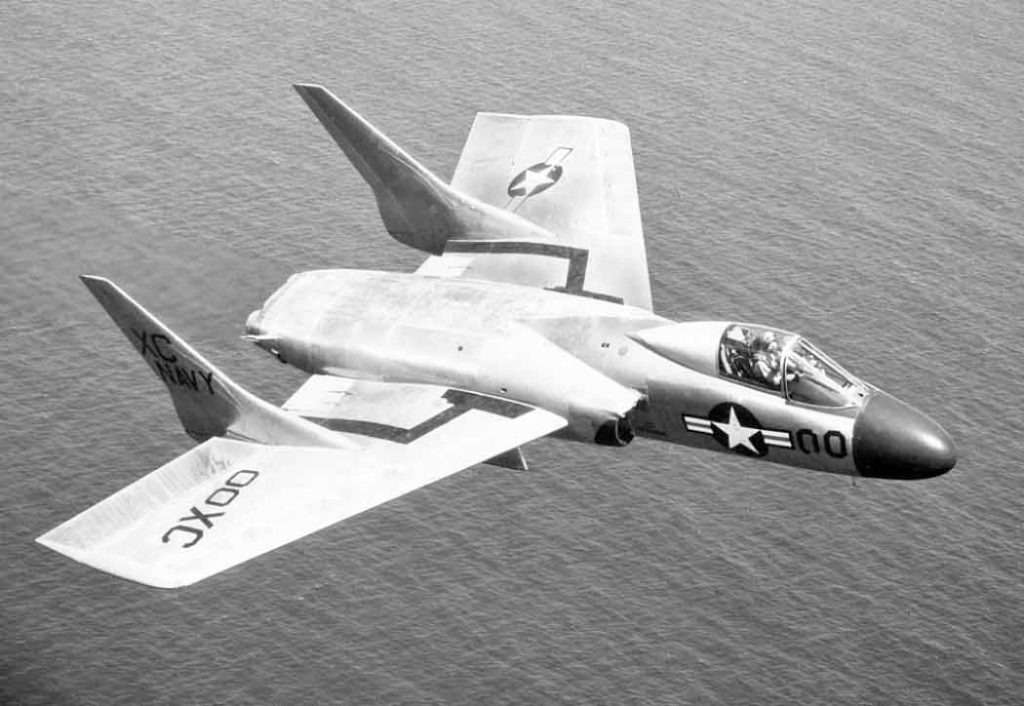
Operational performance was beset by hydraulic leaks, nose gear collapses, and post-stall oscillations that could cause the jet to tumble. As accident records indicate, the Cutlass incurred the highest rate of accidents of any Navy swept-wing fighter, losing a quarter of its airframes. Short range and maintenance woes brought it such dismal nicknames as “Gutless Cutless” and “Praying Mantis,” and by 1959 it was off carrier flight decks.
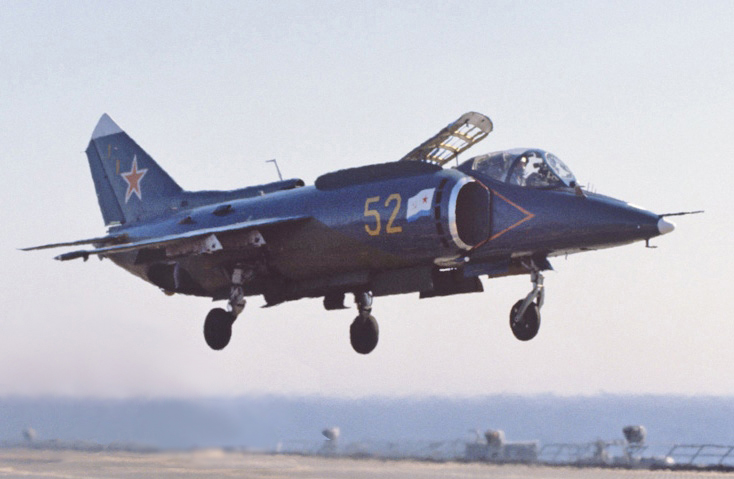
5. Yakovlev Yak-38: A Harrier Copy That Went Wrong
The Soviet Union’s Vertical Takeoff and Landing (VTOL) strike fighter, the Yak-38, tried to equal the British Harrier’s radical abilities. It ended up showing the dangers of sophisticated lift-jet configurations instead. Two lift turbofans and a tail-mounted thrust engine made it notoriously hard to handle, and if one lift fan failed, the plane would spin crazily out of control.
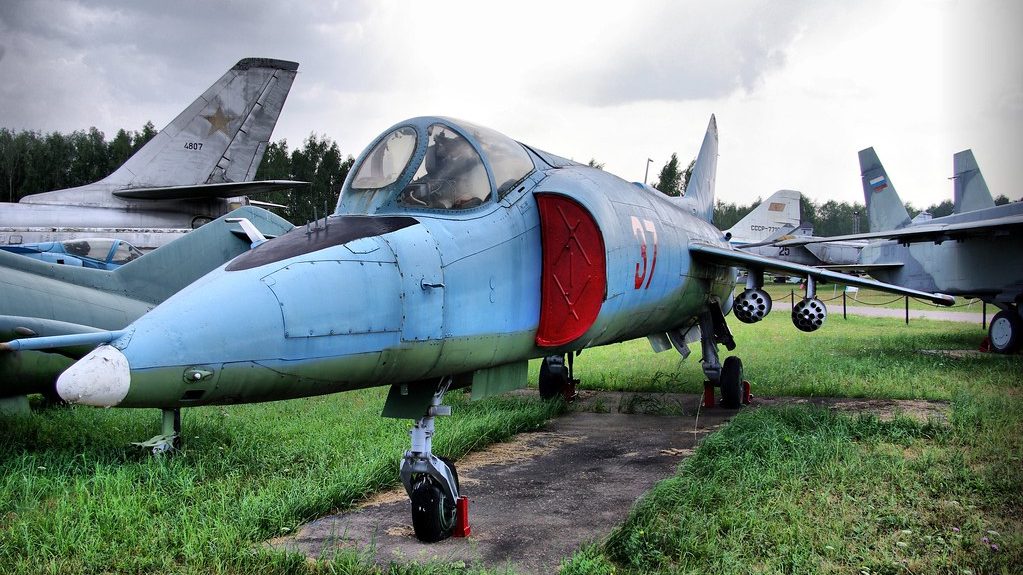
In Afghanistan, the Yak-38’s dust and debris-sucking lift fans wrecked engines and grounded sorties. Its combat radius of only 100 km and paltry four hardpoints gave it neither endurance nor firepower. Even as the sole operational strike fighter for Soviet Naval Aviation, it never shook its engineering deficiencies and was retired shortly after the fall of the Soviet Union.
These five planes show that for military aviation, innovation is a double-edged sword. Each was a child of the Cold War’s urgency, when getting to deployment fast sometimes trumped careful testing and honing. Though they fell short of some great promises, they also taught very valuable lessons lessons that influenced the safer, more capable fighters that came after. In some way, even the worst jets had a legacy worth recalling.
